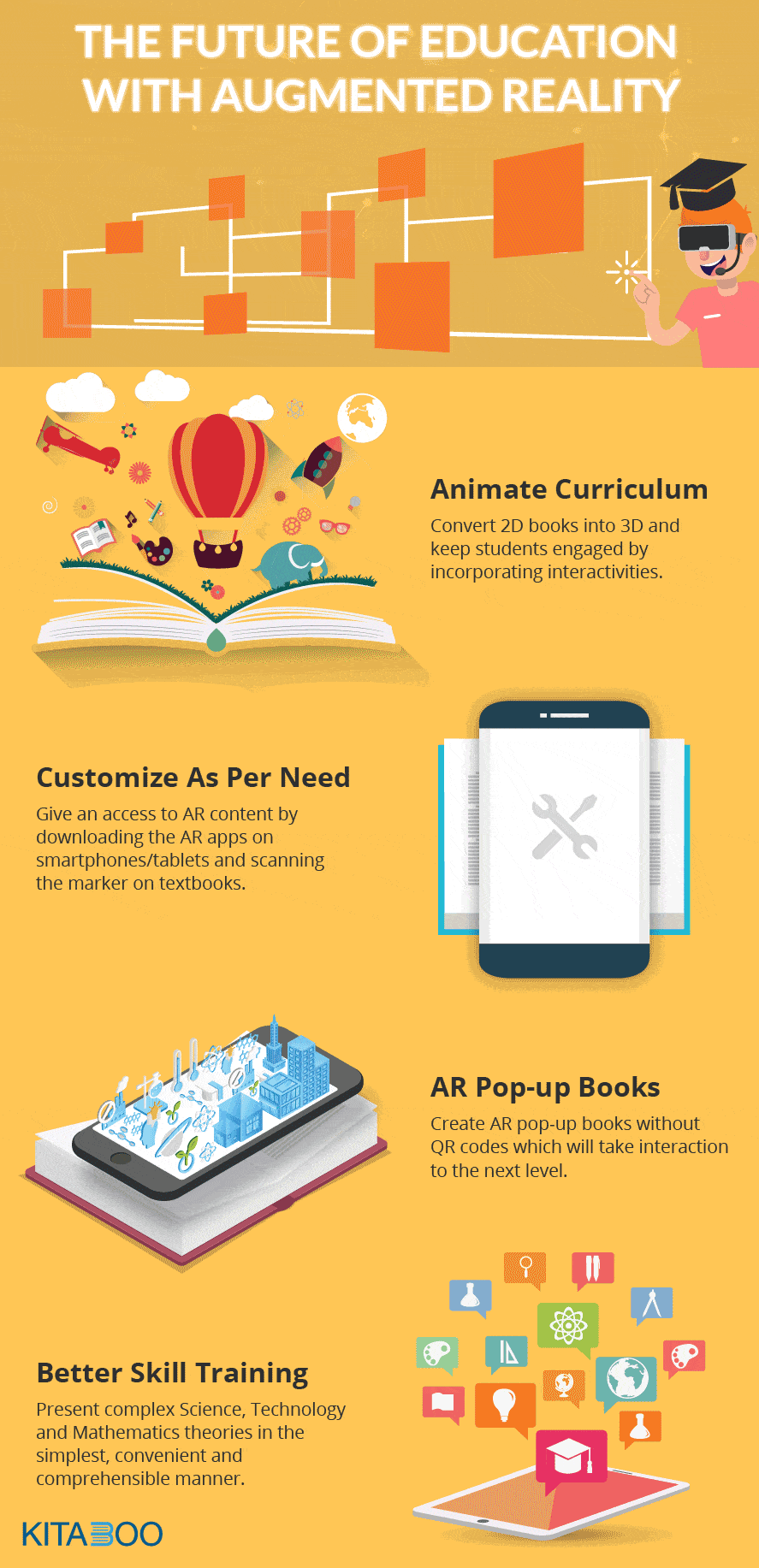Context Collapse: When Social Contexts Converge Online


@jorgebscomm for @empowervmedia
The ever-evolving digital landscape has profoundly transformed the way we communicate, learn, and interact with the world around us. This transformation has also extended to the field of communication studies, necessitating a continuous adaptation of teaching methodologies to effectively engage and prepare students for the challenges and opportunities of the digital age. This article explores the current state of communication studies education in Australia, examining the impact of digital technologies on teaching approaches and envisioning the future directions of this dynamic field.
The advent of digital media has revolutionized communication practices, introducing new platforms, tools, and modes of interaction. This has led to a paradigm shift in communication studies education, requiring educators to move beyond traditional classroom-based instruction and embrace a more blended and technology-infused approach. While traditional methods such as lectures, tutorials, and seminars still hold value, they are now complemented by a range of digital tools and platforms that enhance student engagement, foster collaboration, and provide personalized learning experiences.
 |
| "The future of education" by EUROGEO |
The transition to a digital learning environment has presented both challenges and opportunities for communication studies educators. One of the primary challenges lies in maintaining the same level of rigor and academic quality in online courses as in traditional face-to-face instruction. Educators must carefully design online learning experiences that promote active learning, critical thinking, and meaningful interactions among students. Additionally, the potential for digital distractions and the need to cultivate a sense of community and engagement in the online classroom must be addressed through thoughtful course design and effective pedagogical strategies.
Despite these challenges, the digital age presents a wealth of opportunities for enhancing communication studies education. Online platforms provide access to a wider range of resources, including multimedia content, interactive simulations, and online discussion forums. These resources can enrich the learning experience and provide students with diverse perspectives on communication practices. Additionally, digital tools can facilitate personalized learning by providing real-time feedback, adaptive learning pathways, and access to tailored learning materials.
As we look to the future of communication studies education, it is evident that digital media will continue to play an increasingly prominent role. Educators must embrace emerging technologies and develop innovative teaching strategies to effectively engage students in this dynamic field.
One potential future direction is the development of immersive learning experiences using virtual reality (VR) and augmented reality (AR) technologies. These technologies can provide students with realistic simulations of communication scenarios, allowing them to practice their skills in a safe and controlled environment. For instance, VR simulations could allow students to experience cross-cultural communication interactions or engage in virtual public speaking exercises.
 |
| "The future of education with AR" by ELEARNIG infographics |
Another promising trend is the use of artificial intelligence (AI) to personalize learning experiences. AI-powered tools can provide students with tailored feedback and support, helping them to identify their strengths and weaknesses and develop effective communication strategies. AI can also be used to adapt learning pathways based on individual student needs and provide personalized recommendations for further exploration of communication concepts.
Navigating the digital landscape in communication studies education requires a delicate balance between embracing new technologies and upholding the core values of the discipline. While digital tools offer immense potential for enhancing teaching and learning, they should not replace face-to-face interactions, critical thinking exercises, and the development of empathy and human connection. Educators must strive to integrate technology seamlessly into their teaching approaches, ensuring that it serves as a tool to deepen understanding, foster engagement, and prepare students for the complexities of communication in the digital age.
As we set out on this path, it is essential to remember that communication studies is not merely about mastering technology; it is about understanding the intricate dynamics of human interaction. By fostering critical thinking, empathy, and effective communication skills, we can empower students to become informed, engaged, and responsible communicators in an increasingly interconnected and digitally mediated world.
Comments